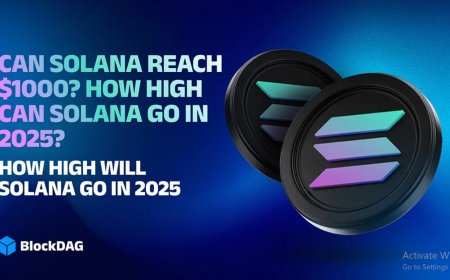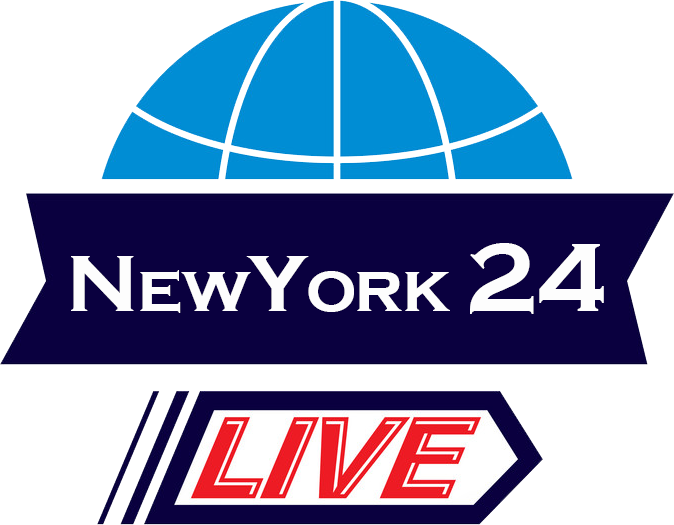Ranitidine: What It Is and How It Works for Acid Reflux

Acid reflux, a common digestive disorder, affects millions of people worldwide. Characterized by the backward flow of stomach acid into the esophagus, it causes symptoms like heartburn, chest discomfort, sour taste in the mouth, and indigestion. One of the medications once widely used to relieve these symptoms was Ranitidine 150 mg. Though its use has recently been limited due to safety concerns, Ranitidine played a significant role in gastrointestinal medicine for decades. This article explores what Ranitidine is, how it works for acid reflux, its benefits, safety profile, and the reasons behind its global withdrawal from many markets.
What Is Ranitidine?
Ranitidine is a histamine-2 receptor antagonist (H2 blocker) that was primarily used to reduce the production of stomach acid. Marketed under various brand names including Zantac, Ranitidine was available in both prescription and over-the-counter (OTC) forms. It was commonly used for:
-
Gastroesophageal reflux disease (GERD)
-
Peptic ulcer disease
-
Zollinger-Ellison syndrome
-
Erosive esophagitis
-
Relief of heartburn and indigestion
Ranitidine became one of the most prescribed acid-reducing medications globally due to its effectiveness and relatively mild side effect profile. It was often chosen over proton pump inhibitors (PPIs) for short-term relief or when a faster onset of action was needed.
How Ranitidine Works
To understand how Ranitidine works, it's helpful to know how stomach acid is produced. The parietal cells in the stomach lining secrete hydrochloric acid, which helps digest food. This acid production is regulated by histamine, which binds to H2 receptors on the parietal cells.
Ranitidine blocks these H2 receptors, preventing histamine from stimulating acid production. As a result, the overall volume and acidity of stomach secretions are significantly reduced.
This acid suppression helps:
-
Relieve symptoms of acid reflux and heartburn
-
Promote healing of esophageal irritation caused by stomach acid
-
Prevent ulcer formation in at-risk patients
Ranitidine typically starts working within 1 to 2 hours of ingestion, offering fast relief, which made it popular for both chronic conditions and occasional use.
Benefits of Ranitidine in Acid Reflux
Before its withdrawal, Ranitidine had many benefits in managing acid reflux:
1. Quick Onset
Unlike PPIs (e.g., omeprazole or pantoprazole), which can take a day or two to reach full effectiveness, Ranitidine begins to reduce acid within hours.
2. Short-Term Relief
It was ideal for occasional heartburn, such as after spicy or fatty meals.
3. Dual Use (Prevention and Treatment)
Ranitidine could be used before meals to prevent heartburn or after symptoms start to provide relief.
4. Less Risk of Rebound Acid
Compared to PPIs, stopping Ranitidine was less likely to cause a rebound increase in stomach acid, which often worsens symptoms temporarily.
5. Tolerable Side Effects
Ranitidine was well-tolerated with few side effects, making it safe for short and long-term use under medical supervision.
Recommended Dosage
Typical dosages of Ranitidine for acid reflux included:
-
OTC strength: 75 mg or 150 mg, once or twice daily
-
Prescription strength: 150 mg twice daily or 300 mg at bedtime
It could be taken with or without food, but taking it 3060 minutes before eating was recommended when used preventively.
Safety Concerns and Market Withdrawal
Despite its popularity, Ranitidine faced serious safety concerns beginning in 2019, when the U.S. FDA and other global regulatory bodies found that some Ranitidine products contained N-nitrosodimethylamine (NDMA) a potentially cancer-causing impurity.
What Is NDMA?
NDMA is a nitrosamine compound classified as a probable human carcinogen. It can form under certain conditions during the manufacturing, storage, or breakdown of medications.
Why Was Ranitidine Recalled?
-
Studies suggested that NDMA levels in some Ranitidine products could increase over time, especially when stored at higher temperatures.
-
Concerns grew that these levels might exceed acceptable daily intake limits, posing a risk of long-term cancer exposure.
As a result:
-
The FDA requested the withdrawal of all Ranitidine products from the U.S. market in April 2020.
-
Other countries, including Canada, India, and the EU, followed suit with recalls, restrictions, or bans.
Alternatives to Ranitidine
With Ranitidine no longer available in many markets, patients and healthcare providers have turned to other acid-reducing medications. These include:
1. H2 Blockers
-
Famotidine (Pepcid): A safer alternative, not associated with NDMA contamination.
-
Nizatidine: Another H2 blocker, less commonly used.
2. Proton Pump Inhibitors (PPIs)
-
Omeprazole, Esomeprazole, Pantoprazole, and others are highly effective but take longer to work and may have long-term side effects with chronic use.
3. Antacids
-
Calcium carbonate (Tums), magnesium hydroxide, or aluminum-based antacids provide immediate but short-term relief by neutralizing existing stomach acid.
Precautions and Considerations
Although Ranitidine was widely trusted for many years, the withdrawal emphasizes the importance of drug safety monitoring and regulatory oversight. If you were previously using Ranitidine:
-
Do not use leftover Ranitidine from old prescriptions or OTC packs.
-
Talk to your doctor about safe and effective alternatives.
-
Store medications properly, especially those sensitive to heat or light.
Is There a Future for Ranitidine?
As of 2025, Ranitidine remains off the market in most countries. Some pharmaceutical companies have explored the possibility of reformulating the drug to eliminate NDMA contamination, but no reapproval has occurred as of now.
Whether Ranitidine will return depends on regulatory reviews, advances in manufacturing, and new safety data.
Conclusion
Ranitidine was once a mainstay treatment for acid reflux and other acid-related gastrointestinal disorders. Its rapid action, broad utility, and well-established safety record made it a favorite among both patients and physicians. However, concerns over NDMA contamination have led to its withdrawal from many markets, highlighting the need for ongoing vigilance in pharmaceutical quality.
While the loss of Ranitidine may be disappointing for long-time users, effective alternatives like Famotidine and PPIs are readily available. If you experience chronic acid reflux or heartburn, consult a healthcare provider for the best and safest treatment options tailored to your condition.


































